- Fleas
- Prehistoric fleas
- Flea jump
- Fleas
- Flea bites
- Tsifoks
- What are fleas afraid of?
Fleas coexisted with man and animals domesticated by him for centuries. There are many sayings and proverbs about these brisk insects, many tales have been written. Simple peasants and crowned persons suffered from them. People give fleas their own names, which are absent in scientific systematics. Bed fleas are called insects not because of species characteristics, but at the place of detection.
Systematics and history of the insect
Scientists have described, studied and systematized more than 2000 species of these parasites. Fleas that bother a person belong to the family Pulicidae - ordinary fleas. Entomologists divide this family into species according to the type of host on which the insect feeds:
- Pulex irritans - human flea;
- Ctenocephalides felis - cat flea;
- Ctenocephalides canis - dog flea;
- Spilopsyllus cuniculi - rabbit flea;
- Xenopsylla cheopis– rat flea.
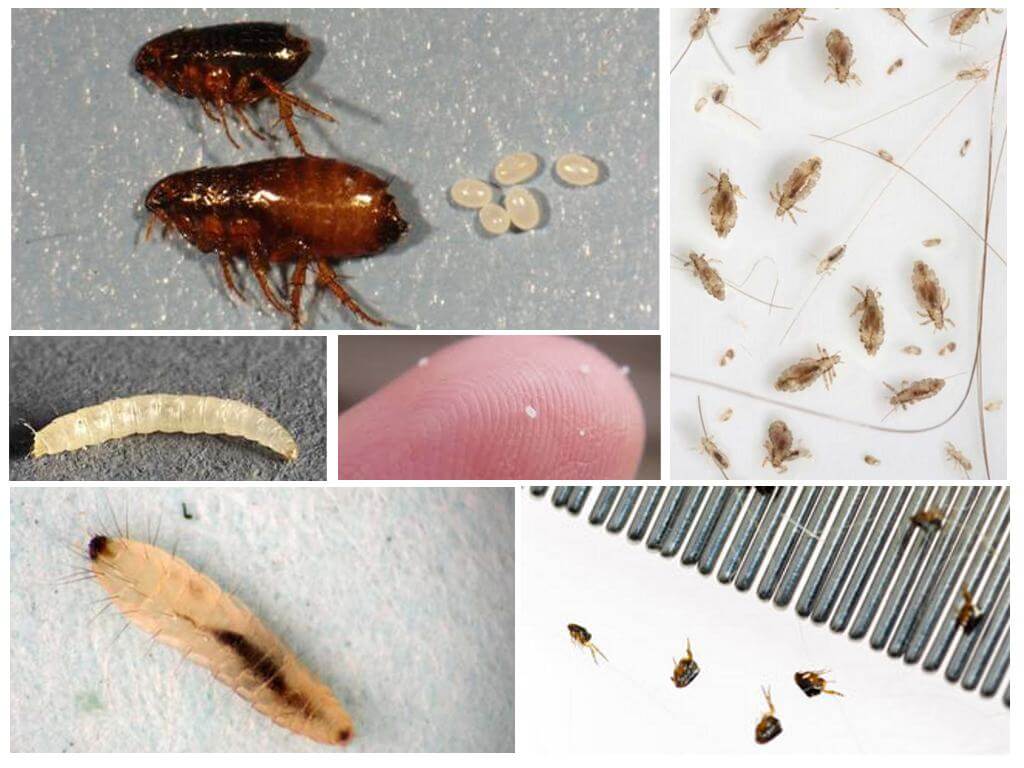
But this classification is conditional, since fleas, with a few exceptions, are not selective in choosing a host. They are attracted to the blood of warm-blooded animals, and whether it will move on two or four legs, the flea is of little interest.
Therefore, to the question of where the bed fleas come from, we can say with full confidence that they come from everywhere. Any parasites that have occupied the bed with the aim of saturating the blood of a sleeping person safely and comfortably can be considered bedding. It is very difficult to distinguish one representative of a flea family from another without certain natural science experience and knowledge, as well as a magnifying glass.
Interesting!
Nature has created an insect ideally suited for ectoparasitism. The appearance of a flea has not changed since the Cretaceous. The photo taken by Chinese scientists while studying the fossils of this period shows that the prehistoric “pseudobloch” differs little from the modern one. Having lost wings and decreased in size, these bloodsuckers continue to parasitize already on smaller objects than dinosaurs.
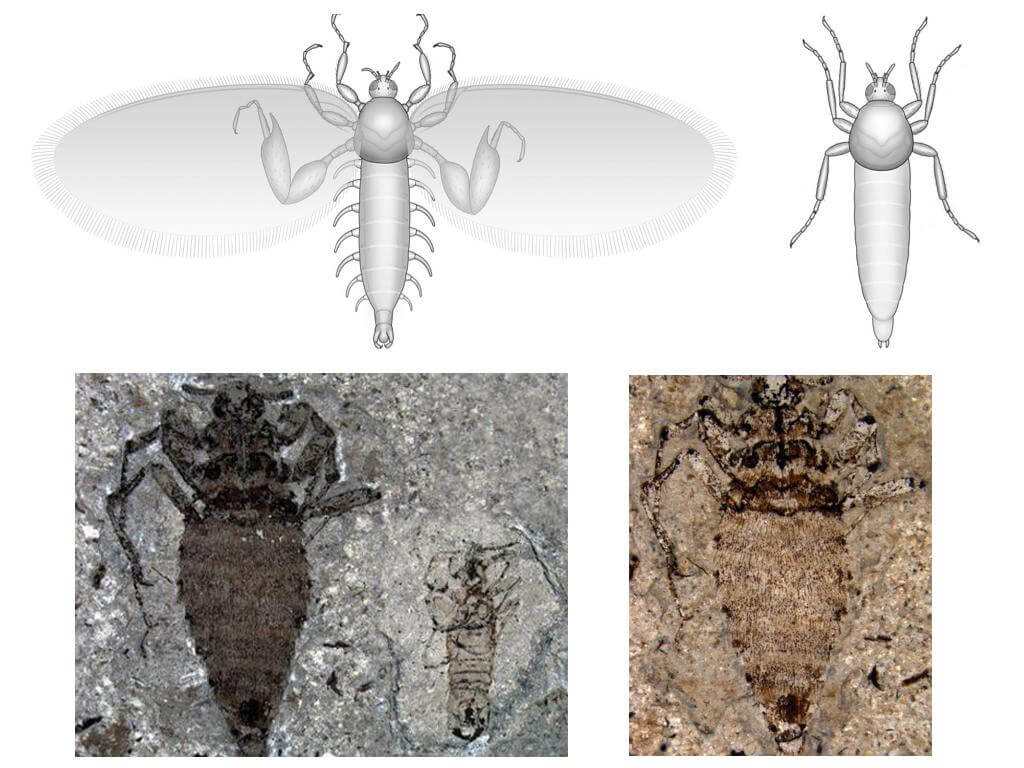
The functions of individual organs in fleas have also changed. Scientists believe that the long hind limbs were used by pseudopulex jurassicus and pseudopulex magnus in order to firmly adhere to the thick skin of dinosaurs. For this, claws on the lower part of the paw served.
Brief Description of the View
You can consider and compare how the bed fleas look in the photo. In representatives of the family of ordinary fleas, the body is strongly flattened from the sides, which allows unhindered movement among the dense hair of animals. Durable chitinous shell covers the entire body of the insect. The plates of the segments have at their lower ends a series of hairy outgrowths - setae that help the parasite not to fall off the host. Flea limbs are covered with bristles and spikes. In addition to the fixing role, they play the role of analyzers.
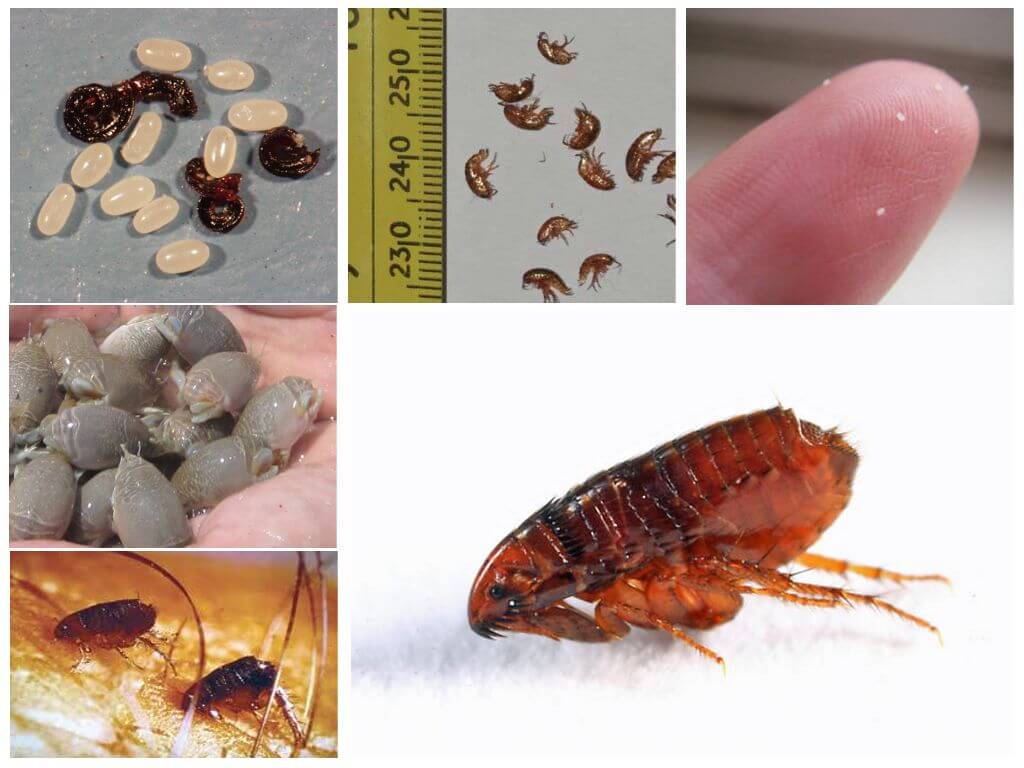
The bristles on the paws and abdomen connected by nerve fibers with nerve nodes signal the movement of air, so the flea is so difficult to catch, it reacts even before the danger approaches. Other bristles on the forelegs and lower lip are food analyzers. At maximum magnification, the parasite will look like a space monster from a thriller.
Interesting!
The structure of the hind legs of the insect is amazing. The ability of a flea to jump to a height of 40 times its own size was of interest to scientists back in the Middle Ages. Unravel the secret arthropod jumping modern recording devices have helped. Using an ultrafast survey apparatus, neuroscientists were able to see how the process of preparation and jumping occurs.
It is amazing that even a tiny deviation in the synchronization of the hind limbs would lead to disaster, because the acceleration with which the insect soars up hundreds of times higher than the acceleration of gravity. Only thanks to the special mechanism of clutching paws together, fleas are able to make incredible jumps.
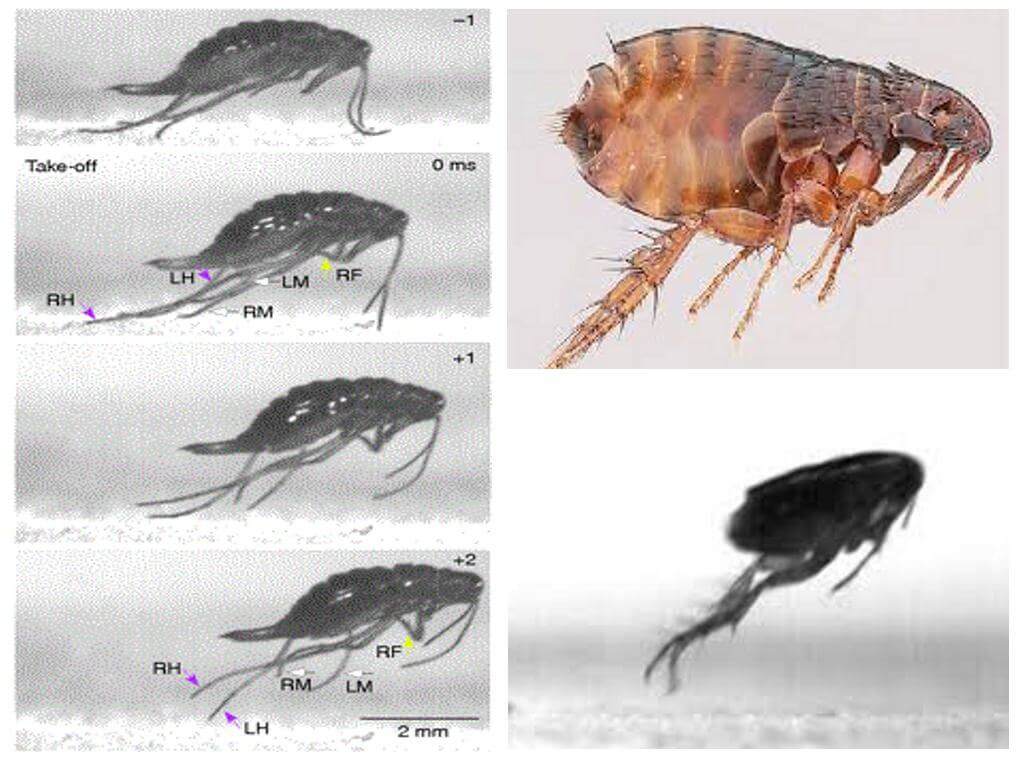
Of interest is the arrangement of the head of the parasite. Thanks to the chitinous shield and streamlined shape of the head, the insect can literally plunge into the thickness of the skin, reaching the surface of the capillaries. Neither complex eyes deeply recessed in the head, nor the antennae that the insect lays in special grooves suffer.
Another amazing phenomenon in the structure of a flea is its organs of vision. The eye, consisting of more than 300 segments, is able to see the world in slow motion. Losing in visual acuity, the parasite wins in the reaction. For an insect, people and animals move, as if in thick molasses, giving it the opportunity to avoid danger in time or to "saddle" a feeding object running past.
Parasites can sense some smells at a distance of several kilometers from the desired object. Therefore, the flea bed is sensitive to the smell of stale bedding, it attracts dust and small debris.
Protected and armed with nature with such unique flea devices, the bed is not equipped with an anesthetizing enzyme in saliva. She is not afraid to be caught and therefore, unlike other blood-sucking insects, does not mask her bites.
Dangerous consequences of flea bites
Bed flea bites are painful and cause a disease of pulicosis, accompanied by:
- pain
- itching
- hyperemia;
- swelling.

The lymphatic system is involved in the pathological process, there is an increase in regional lymph nodes. In some cases, the nervous system is affected. Therefore, the bites of bloodsuckers can be accompanied by neurosis.
But flea bites They are also dangerous because in the intestine of the parasite there are many pathogens that can enter the human blood. Fleas are carriers of more than 30 vector-borne diseases, including dangerous pathologies such as:
- typhoid
- Bubonic plague;
- tuberculosis;
- tularemia;
- brucillosis;
- hepatitis B and C, etc.
Flea bites on humans are the gates for the penetration of protozoa and helminths. In tropical countries, a separate type of bed flea causes sarcopsyllosis, which is characterized by the formation of a huge blister at the site of the bite. Pathology is accompanied by severe pain, intolerable itching and the formation of a wound at the site of a bite. Therefore fleas dangerous to humans.
Interesting!
For the first time, documented evidence of sarcopsyllosis was discovered in reports on the voyage of the caravel "Santa Maria", which was part of the expedition of Christopher Columbus. Sailors suffered from flea bites in Haiti, where they fell as a result of a shipwreck. Later, a Spanish naturalist and historian traveling with Columbus described the bites and symptoms of sarcopsillosis, and also cited cases where all residents of some villages in Central and South America left their homes because of the inability to bring out “vampires”.
Now it is much easier to remove bed fleas than in the XVI-XVII century, when these notes were made.
How to get rid of bed fleas
The modern chemical industry produces many forms of insecticides, so the question of how to get rid of bed fleas makes you think only in terms of choosing a remedy.
From blood-sucking insects release:
- aerosols - Raid, Combat, ORO, RaptorGet Dichlorvos;
- concentrates for the preparation of solutions - Tsifoks, Executioner, Get, Cucaracha, Tetrix, Medilis;
- Sprays - Flee, Control Home Flea & Tick Killer, Combat, Clean house.
These drugs quickly kill parasites, but they cannot handle bedding. Fleas in bed are only temporary guests, the presence of which will be told by itchy inflamed bites on the human body and tiny black peas of excrement. Hungry individuals can bite, and well-fed “vampires” prefer secluded places behind the baseboard, in crevices, in pile of carpets and upholstery. Therefore, the entire room should be treated and repeatedly to get rid of the unpleasant neighborhood at home.
The only remedy for bed fleas is temperature effect. Bedding - pillows, blankets, mattresses can be treated with a steam generator. Hot steam under pressure will destroy not only adults and larvae. The temperature will also relieve insect eggs.
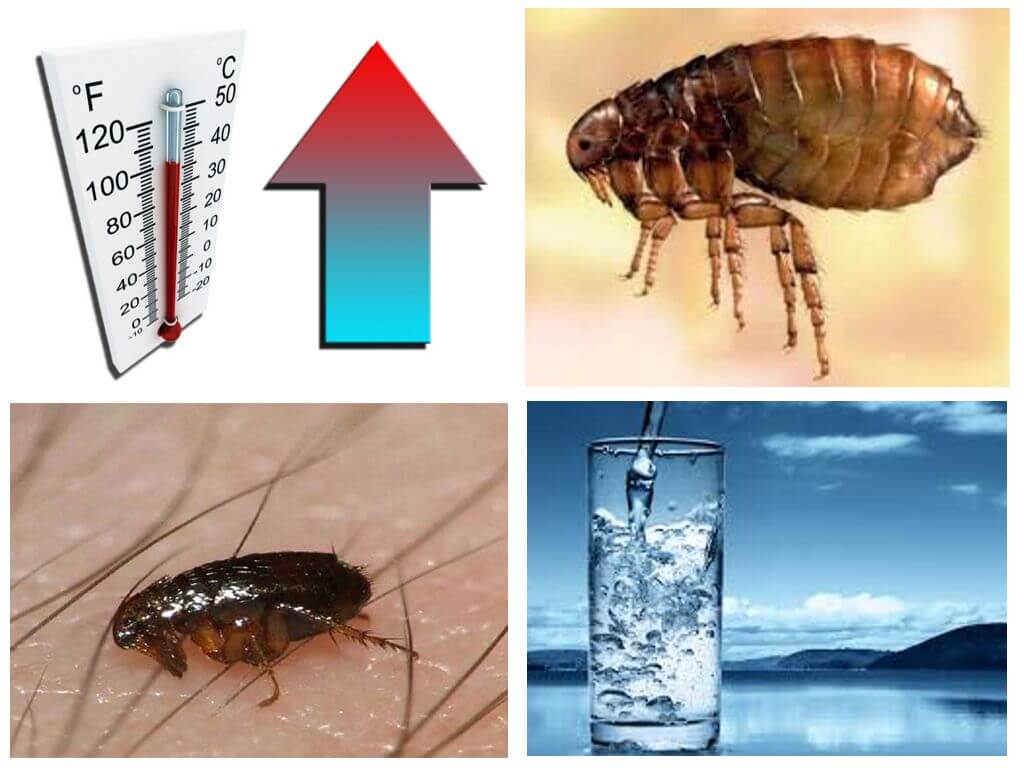
In winter, getting rid of fleas in bed can be freezing for a long time (at least 2-4 hours), followed by vacuum cleaning. Only adults can bite a person, they primarily die from temperature extremes.
It is possible to process a bed from fleas by quartzing, but this is too expensive a method. To repel adult insects, spray the bed with a solution essential oils - lavender, pine, orange, cypress, cloves. The apartment in which balsam and geranium grows on the windowsills is also a “taboo” for bloodsuckers.
Bed linen can be soaked in a weak solution of insecticides, and then washed in hot water. An old effective method - boiling is guaranteed to destroy all parasites.
Fleas in bed start up thanks to pets - cats and dogs. Therefore, without processing the animals and their sleeping places, it will not be possible to completely get rid of bloodsuckers.
Only on condition that the house and all its inhabitants will be subjected to the correct and comprehensive processingfighting interventions will bear fruit.
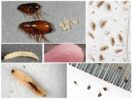

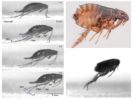
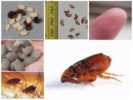
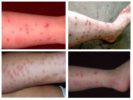

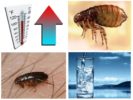

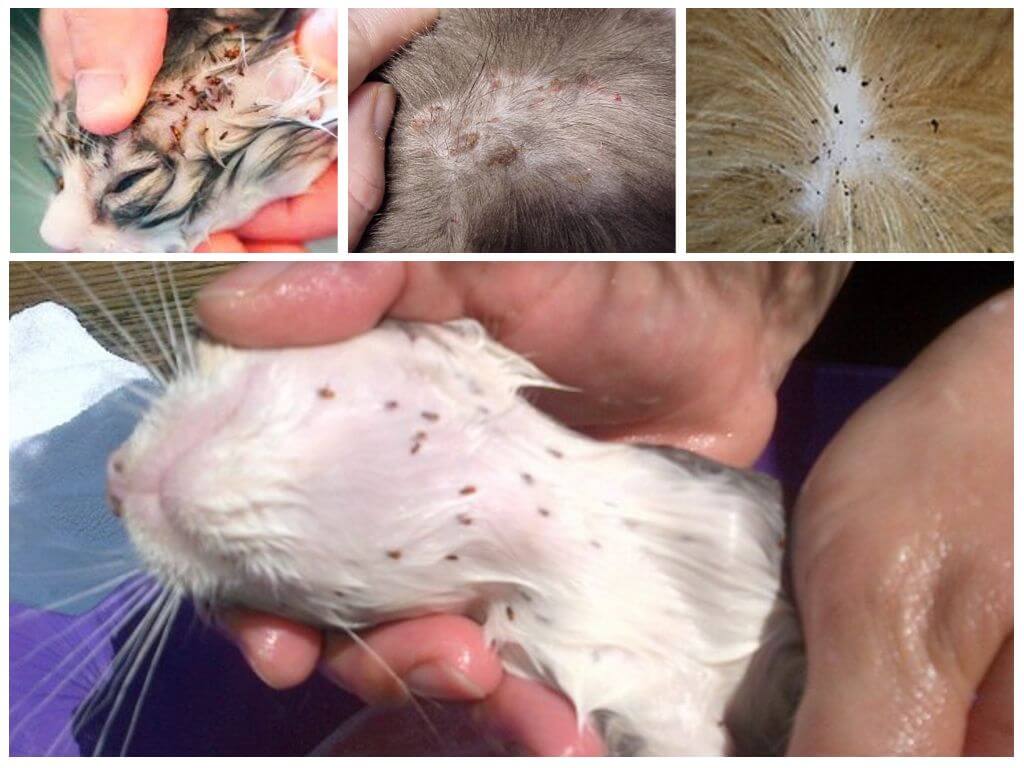
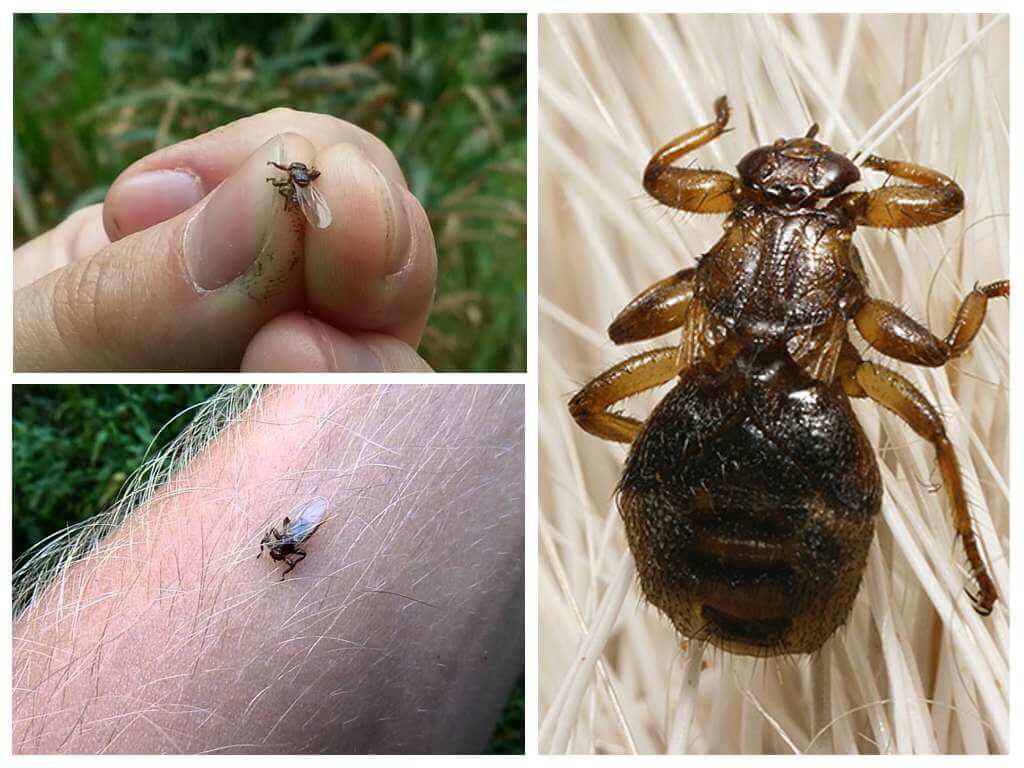
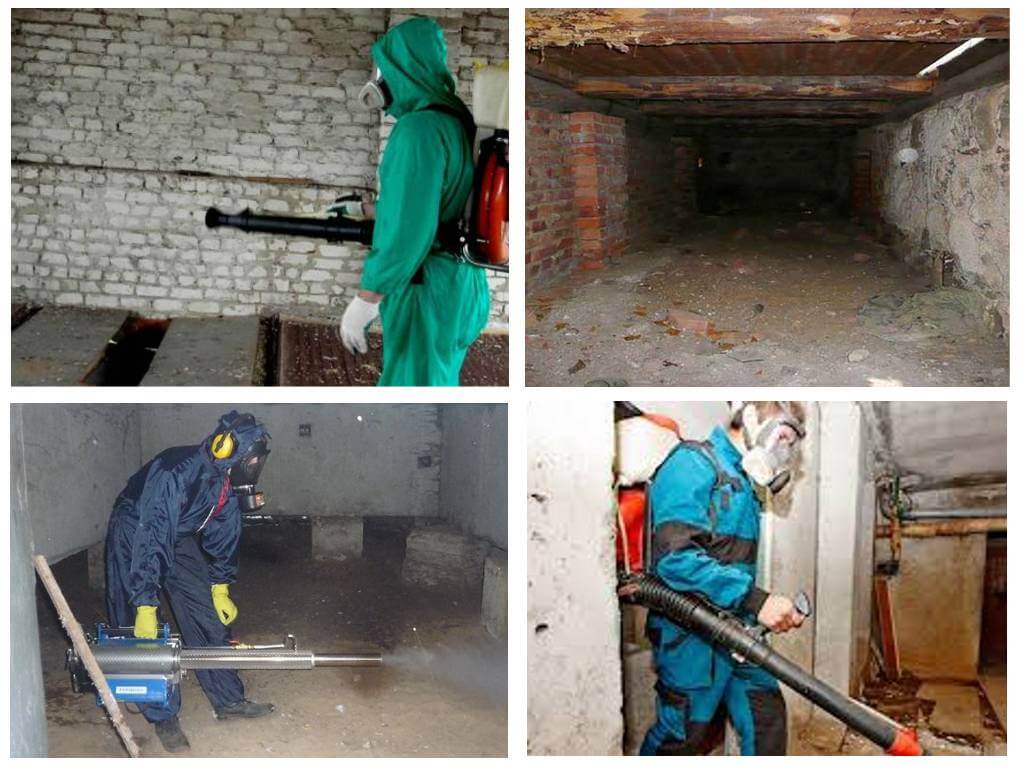
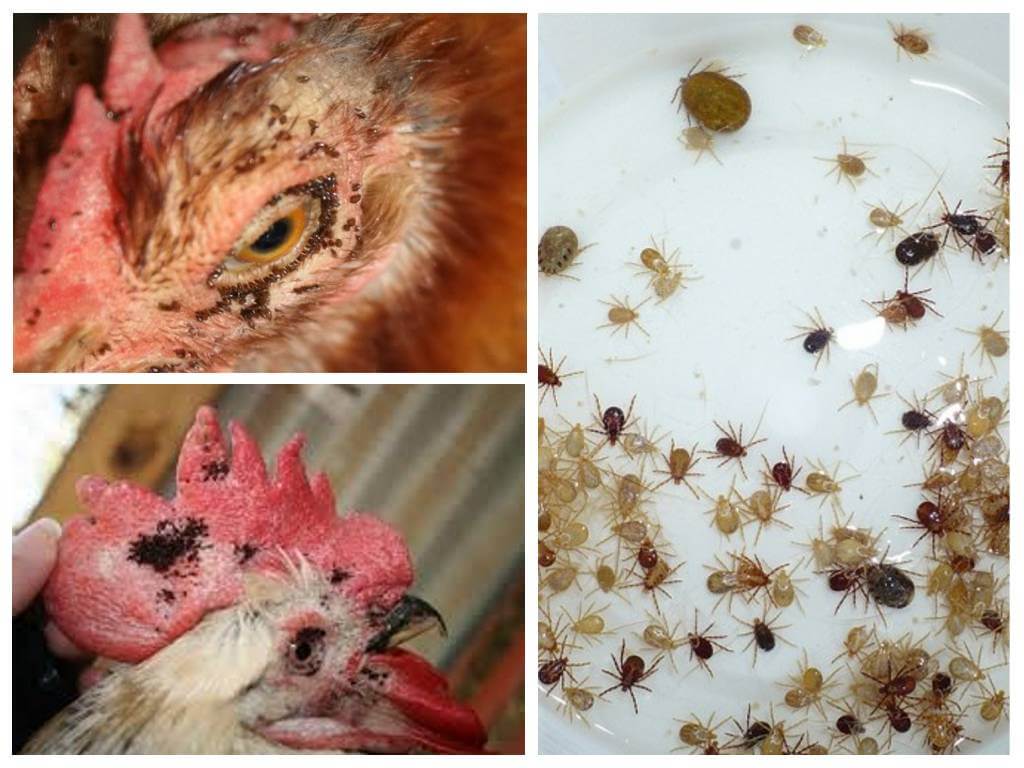
Faced with bed fleas when resting in the country at the girlfriend. Cats with kittens ran into the house from the street, so they apparently pulled fleas. I woke up at night from a burning pain in my leg. In the light, the picture was even worse - the legs from the knee to the ankles were covered with itchy blisters. If it were not for the balm Savior, which always lies in the purse, then she could not have fallen asleep. In the morning she quickly left for the city. I wouldn’t survive the second such night.
I got to “get acquainted” with bed fleas at a labor camp. Students lived in marching conditions, the barracks were alkaline and moist, the bed always seemed wet. Dried wet jackets and boots right there. Probably, dampness also attracted these gluttonous parasites.
Exactly, I also remember the bites of bugs and fleas. Today's youth do not experience these “charms”. And we had an indispensable tool - Dichlorvos. Not only fleas suffered from him, but we ourselves.
Fleas in bed! What a horror this is! Here one or two is fearful, but how many of them must be so that they climb into bed?
He suffered from bed fleas when he rented a room from his grandmother. She had 2 dogs, dirt from them, but cheap. So seduced. But they managed to sleep only part of the night. The next day he ran away, otherwise all the blood would be drained.
They start not only in dirty apartments. My friend has cleanliness and the cat is homely, well-groomed, but fleas still jump. Than they didn’t spray it, but there’s no sense.
Periodically I bring out fleas, even though there are no animals in the house. But under the apartment is a basement in which they breed and climb to me. Fortunately, the wife spread "gardens" on the windowsills. Now they are afraid to climb, but for winter prophylaxis I put the whole bed and carpets on the balcony, and then knock them out.
A compact steam cleaner helps me.And rid of insects and clean everything cool.
It is better not to have animals in the apartment. Then there will be no fleas.
I have two of my adored Persians. On the street do not walk, clean and well-groomed. Constantly bathe and comb them. So I know about fleas only from articles. I have never seen them “alive”.